Introduction
Technical analysis evaluates and predicts future price movements of financial assets using historical price data and market indicators. It assumes all relevant information is already reflected in the price.
History of Technical Analysis
Early Beginnings
Charles Dow and Dow Theory: Laid the foundation for modern technical analysis, emphasizing that markets move in trends.
Edward R. Dewey: Identified cycles in economic and social data, contributing to market cycle understanding.
Development Through the 20th Century
Ralph Nelson Elliott: Developed Elliott Wave Theory, positing predictable wave patterns in market prices.
Richard D. Wyckoff: Created principles and strategies based on price action, volume, and market psychology.
Modern Era
Digital Age: Computers and the internet revolutionized technical analysis with tools like MetaTrader and TradingView.
Core Principles of Technical Analysis
Price Action
Trend Identification: Classifies trends as uptrends, downtrends, or sideways trends using various tools.
Volume
Volume Analysis: Confirms trends and identifies potential reversals by reflecting the strength or weakness of a price move.
Support and Resistance
Support Levels: Price levels where a downtrend pauses due to buying interest.
Resistance Levels: Price levels where an uptrend pauses due to selling interest.
Technical Indicators
Moving Averages
SMA: Averages closing prices over a period to identify trends.
EMA: Gives more weight to recent prices, making it more responsive.
RSI
Usage: Values above 70 indicate overbought conditions; below 30 indicate oversold conditions.
Bollinger Bands
Usage: Identify volatility and potential reversal points using middle and outer bands.
MACD
Usage: Identifies potential buy and sell signals by showing the relationship between two moving averages.
Chart Patterns
Head and Shoulders
Definition: A reversal pattern signaling a change in trend direction with three peaks.
Double Top and Double Bottom
Definition: Bearish and bullish reversal patterns indicating a loss of momentum.
Triangles
Usage: Continuation patterns indicating a pause before the trend resumes.
Trading Strategies
Trend Following
Indicators: Moving averages, trendlines, and MACD.
Swing Trading
Indicators: RSI, Bollinger Bands, and support/resistance levels.
Day Trading
Indicators: Intraday charts, volume analysis, and momentum indicators.
Risk Management
Position Sizing
Importance: Helps manage risk and prevent significant losses.
Stop-Loss Orders
Usage: Limits potential losses and protects capital.
Risk-Reward Ratio
Usage: Evaluates the attractiveness of a trade by comparing potential loss to potential gain.
Psychology of Trading
Emotions in Trading
Managing Emotions: Developing strategies to maintain discipline and manage fear, greed, and hope.
Trading Plan
Importance: Maintains consistency and discipline in trading.
Journaling
Importance: Identifies strengths and weaknesses to improve decision-making.
Technical Analysis vs. Fundamental Analysis
Key Differences
Technical Analysis: Focuses on historical price data and market indicators.
Fundamental Analysis: Focuses on a company’s financial health and economic factors.
Complementary Approaches
Combining Both: Many traders use a combination to make informed decisions.
Tools and Resources
Software and Platforms
MetaTrader: Advanced charting and analysis tools.
TradingView: Web-based platform with extensive charting capabilities.
Books and Courses
“Technical Analysis of the Financial Markets” by John J. Murphy: Comprehensive guide to technical analysis.
Online Courses: Websites like Investopedia and Coursera offer technical analysis courses.
Conclusion
Technical analysis helps traders make informed decisions by understanding market trends and potential price movements. Mastering its principles, indicators, and strategies can enhance your trading success.
If you want to learn all the major aspects of technical analysis from certified market technicians, please check out our programs at the Technical Analysis Institute.
